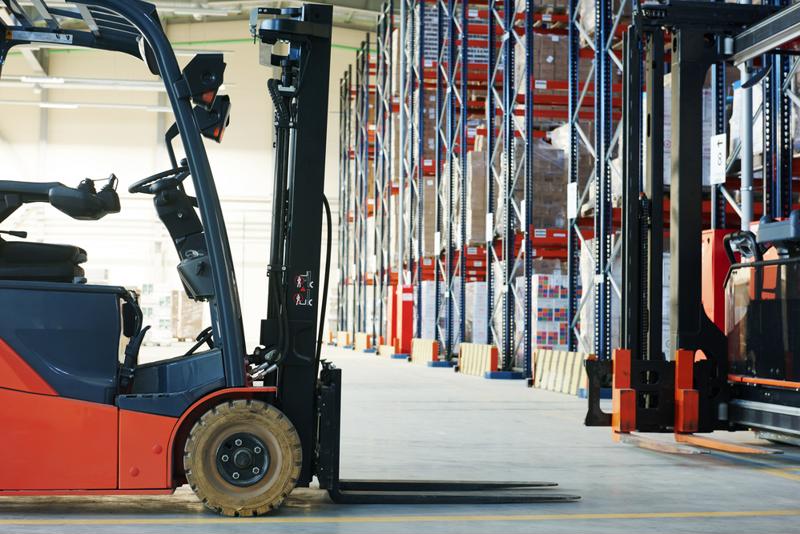Before facility employees can climb into the driver's seat of a forklift, they must go through a forklift training program and become certified to operate lift trucks. This helps to ensure all operators understand how to keep themselves safe, as well as other people nearby, equipment and inventory.
Pedestrians aren't required to go through a similar training. Sadly, 20 percent of fatal forklift accidents involve a worker on foot being struck by a truck, according to the National Institute for Occupational Safety and Health. Increasing focus on forklift pedestrian safety can help protect all workers, no matter what role they serve in a facility.
Increase awareness of forklift movements
One of the most dangerous situations for a pedestrian is not being aware of where a forklift is or the direction in which it's traveling. Employees wearing ear protection or working in a loud environment may have trouble hearing a forklift coming their way. Trucks turning blind corners can also take pedestrians by surprise.
 Lights and horns can improve awareness of forklift movements among pedestrians.
Lights and horns can improve awareness of forklift movements among pedestrians.Awareness training for pedestrians should be the standard for incoming employees, but facility managers should also play an active role in making work areas safer for workers on foot and on truck, either by modeling safe behavior or addressing unsafe behavior as soon as they see it.
Lights and horns
Forklift lights make it much easier for pedestrians to see trucks as they move throughout a facility. These may include flashing lights used when backing up and lights that project onto the ground in front of vehicles to visualize their direction of travel.
Back-up alarms also alert nearby workers to the movements of a forklift. According to the Occupational Safety and Health Administration, all forklifts should be equipped with a sound-producing device, such as a horn or whistle, that can be used before entering blind intersections or other areas where vision is limited.
Traffic signals
Traffic signal lights installed at intersections with low visibility can reduce the chances of accidents. These act much like the traffic lights on roadways that signal whose turn it is to proceed through the intersection.
Mirrors
Mirrors are another cross-aisle installation that can improve visibility. Workers use overhead dome mirrors to see down aisles and note whether another person, forklift, piece of equipment or misplaced inventory will be in their way once they proceed down their path.
Designate walking and driving spaces
Separating walking and driving spaces can also decrease the risk of pedestrians being struck by forklifts. Designate some aisles as walking-only spaces and others to be forklift-only spaces. For aisles and areas that are wide enough to accommodate multiple paths, striping distinct walking and driving lanes can further help keep pedestrians out of the way of forklifts.
Implement forklift restrictions
Placing some limitations on forklifts can also contribute to an environment where trucks and pedestrians coexist safely. OSHA doesn't specify a particular speed limit above which forklift operation isn't safe, but implementing appropriate speed limits in certain areas can reduce the risk of accidents.
Restricting forklift activity to certain areas can also help decrease dangerous encounters, as can installing physical barriers like safety guardrails around work stations where employees stand or walk. Everyone deserves to feel safe at work, and these changes can certainly boost morale.
Certain areas of your facility will inevitably have high pedestrian traffic, such as the exit to the break room, the main exits, cafeteria or in front of clocks, NIOSH pointed out. By preventing forklifts from entering these areas, whether by using signs, physical barriers or both, you can further reduce the risk of accidents.
Forklifts are an integral part of many industrial facilities. By focusing on forklift and pedestrian safety, facility managers can ensure a secure work environment. Embedded technicians from National Maintenance Services can help organizations identify ways to improve safety culture. To learn more about having an embedded technician at your location, reach out to NMS.

